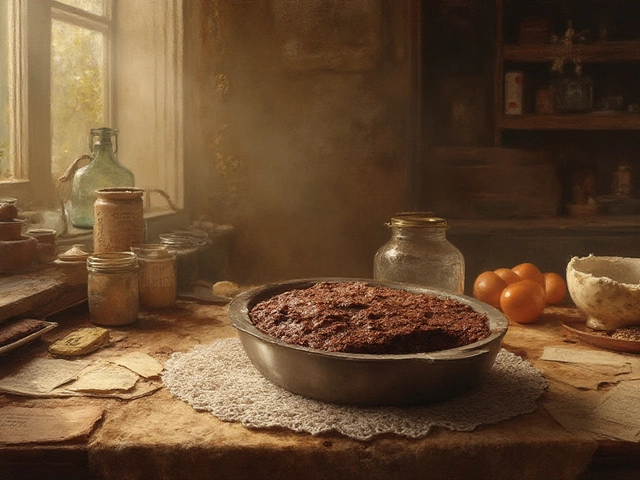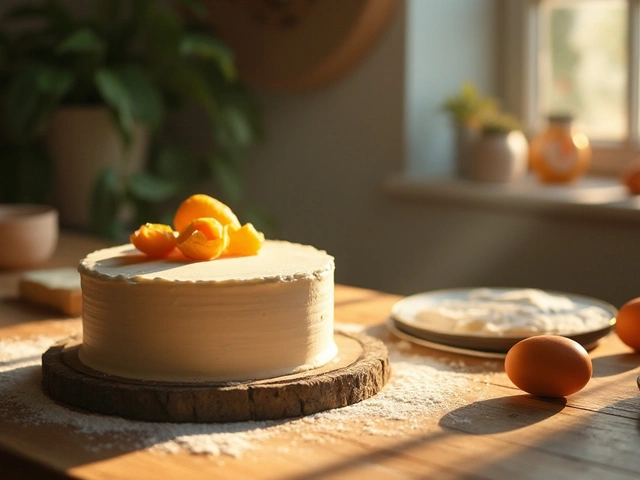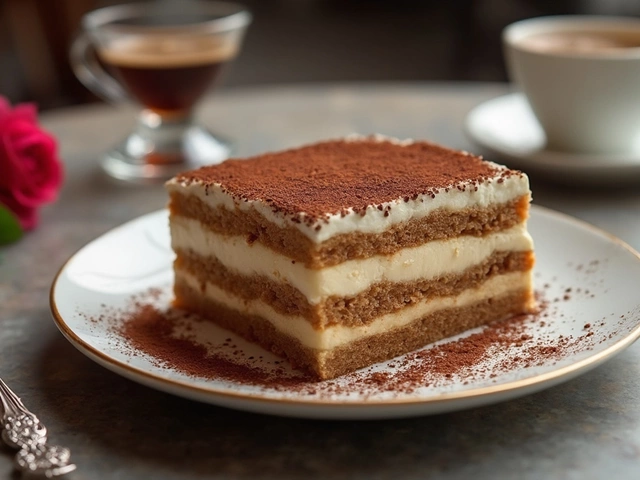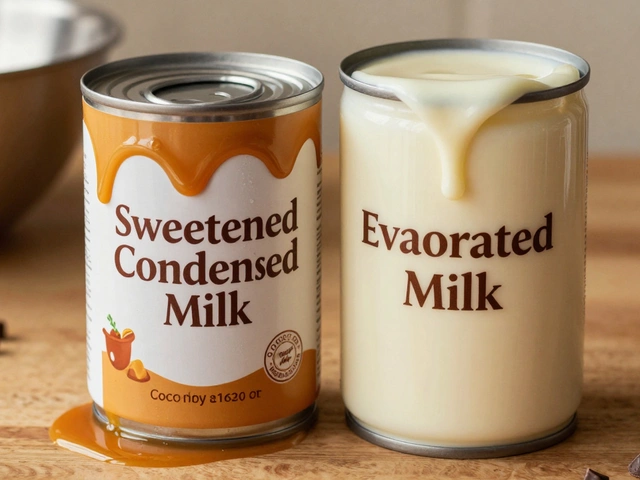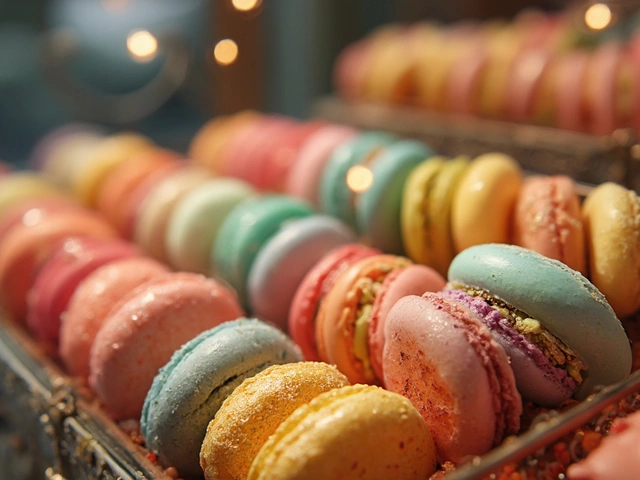Sour Cream Cheesecake: Tips, Techniques, and Delicious Variations
When you hear sour cream cheesecake, a rich, tangy dessert that blends smooth cream cheese with the bright bite of sour cream, set on a buttery crust, also known as tangy cheesecake, you probably picture a classic slice at a birthday or a holiday table. This treat combines a creamy filling with a firm base, requires careful temperature control, and offers endless room for flavor twists.
Key Ingredients & Techniques
The backbone of any good sour cream cheesecake starts with two dairy stars. cream cheese, a soft, high‑fat cheese that gives the filling its luxurious texture brings the body, while sour cream, a cultured dairy product that adds a gentle tang and keeps the batter from becoming too dense brightens the flavor profile. Pair these with a graham cracker crust, a mix of crushed crackers, butter, and sugar that forms a crunchy, buttery foundation and you have the classic trio that defines the dessert.
Getting the crust right is more than just pressing crumbs into a pan. The butter must melt completely and coat every crumb, creating a seal that prevents moisture from seeping into the base. Press it firmly, chill for ten minutes, then bake briefly to lock in flavor. Once the crust is set, the filling can shine. The next step—mixing—relies on a subtle balance. Over‑mixing introduces too much air, leading to cracks when the cake cools. Use a low‑speed mixer just until the cream cheese smooths out, then fold in sour cream, sugar, and vanilla. If you’re aiming for an eggless cheesecake, replace each egg with a combo of ¼ cup of sour cream plus a tablespoon of cornstarch; this keeps the texture silky while maintaining structure. Temperature control is the hidden hero of cheesecake baking. A water bath (bain‑marie) provides gentle, even heat, reducing the risk of a cracked surface. Bake at 325°F (163°C) until the edges look set but the center still has a slight wobble—about 45‑55 minutes for a 9‑inch springform. After pulling it from the oven, let it cool in the water bath for 30 minutes, then transfer to a wire rack before chilling for at least four hours.
Flavor variations are where creativity meets tradition. Swirl in fresh fruit purées, fold in chocolate chips, or sprinkle caramel on top for a sweet finish. For a festive twist, add a splash of bourbon or orange zest to the batter. Each addition influences the overall taste without compromising the smooth mouthfeel. If you’re catering to dietary needs, consider a gluten‑free crust made from almond flour and coconut oil. The same principles apply—bind the crumbs with melted butter and chill before baking. This adaptation expands the audience for your cheesecake while keeping the core texture intact.
Beyond the basics, storage matters. Wrap the chilled cheesecake tightly in plastic wrap to prevent a dry skin. It will stay fresh for up to five days in the fridge, and you can freeze slices for up to two months—just thaw slowly in the refrigerator to preserve the creamy bite. All these tips, from crust creation to temperature tricks, are designed to help you bake a sour cream cheesecake that looks as good as it tastes. Below you’ll find a hand‑picked collection of articles that dive deeper into each component: the story behind mascarpone, the science of gluten‑free cakes, an eggless cheesecake guide, and more. Explore the links to sharpen your skills, discover new flavors, and turn every bake into a confidence‑boosting experience.
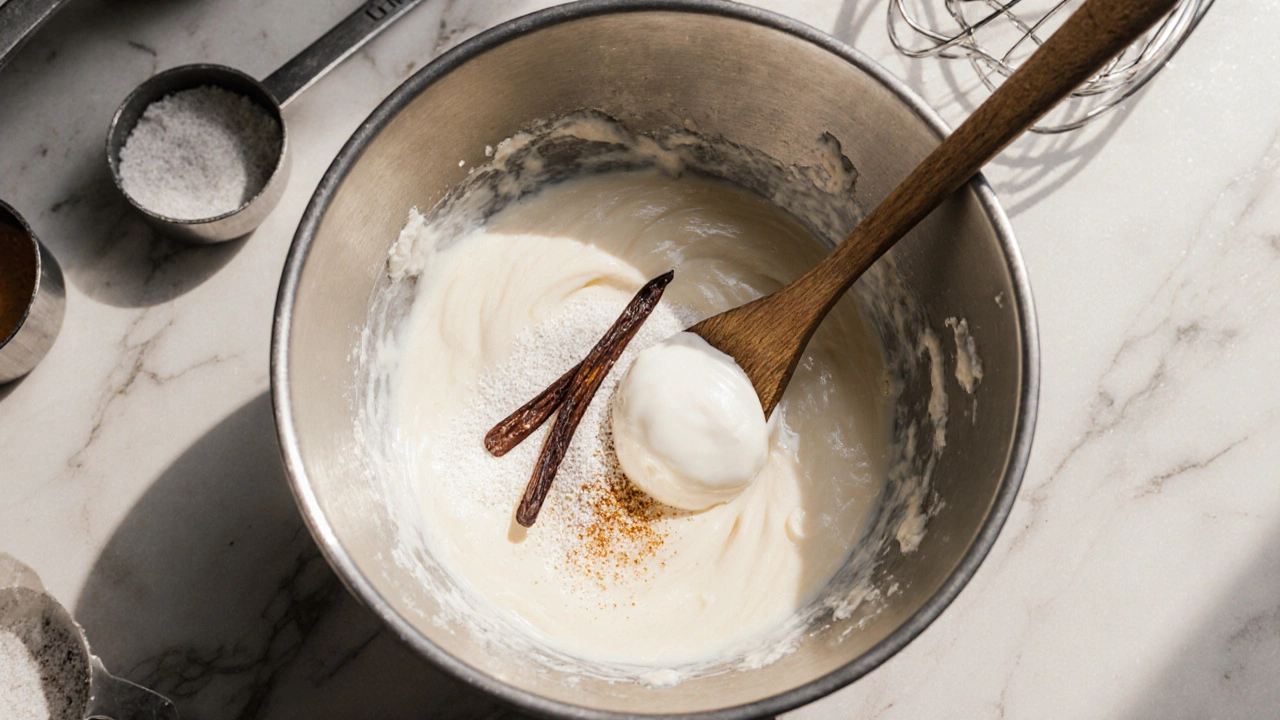
Why Add Sour Cream to Cheesecake? Benefits, Tips, and Substitutes
Explore why sour cream is added to cheesecake, how it improves texture and flavor, the right amounts, substitutes, tips, and FAQs for perfect results.
View More
